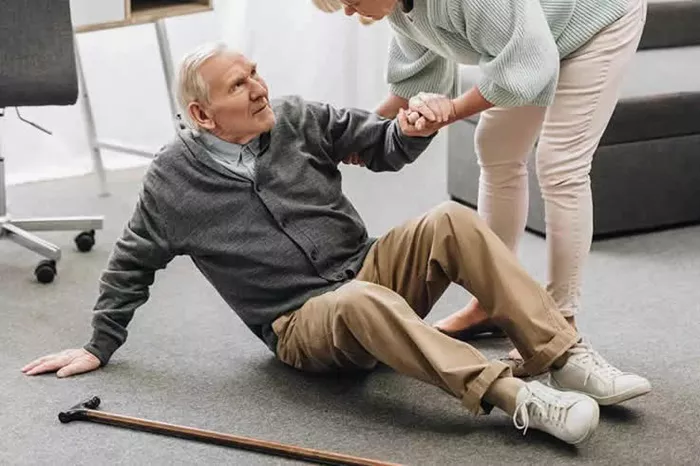A recent study from the University of California, San Diego has revealed promising outcomes from its “Strong Foundations” program, a digital fall prevention initiative designed for older adults. Published in JMIR Aging, the study highlights the program’s success in improving posture, balance, and strength—critical components in reducing the risk of falls among seniors.
The study’s lead researcher, Ryan Moran, M.D., M.P.H., an associate clinical professor at UC San Diego School of Medicine, emphasized the potential of online exercise programs in enhancing physical function for older adults. “Online delivery of exercise interventions offers exciting prospects,” Moran said. “It overcomes barriers such as transportation difficulties and concerns about participating in traditional gym environments, while also providing access to highly qualified experts in a safe manner.”
Falls remain the leading cause of accidental death and mobility-related disabilities among seniors, with one in four adults over the age of 65 experiencing a fall each year. These risks are even more pronounced in rural areas, where access to exercise facilities can be limited. The “Strong Foundations” program directly addresses these challenges, offering a safe and structured exercise regimen that participants can complete at home.
The program consists of a once-weekly, 60-minute online session over a 12-week period. It combines postural alignment exercises, balance training, and strength-building routines. A key feature of the program is its semi-individualized instruction, which allows participants to receive real-time feedback on their form within a small group setting.
The study employed a quasi-experimental design with 92 participants aged 60 and older. These individuals were divided into two groups based on their fall risk level, assessed using the CDC’s Stopping Elderly Accidents, Deaths, and Injuries (STEADI) questionnaire—55 participants were classified as low-risk and 37 as moderate-risk.
Results showed improvements in posture (up to 36% for measures such as the Occiput to Wall Distance, a test for excessive curvature of the spine), strength (measured by the Chair Stand test), and other key metrics. The greatest improvements were observed among the moderate-risk group, particularly in posture and strength.
“The improvements in posture alone are especially important because of their strong correlation with fall risk and overall mobility,” Moran noted.
David Wing, M.S., senior clinical research supervisor at the Herbert Wertheim School of Public Health and Human Longevity Science, pointed out the broader implications of the study’s findings: “Our results demonstrate that it’s possible to effectively deliver a fall prevention program to older adults through technology.”
Related topic:
Study Highlights Brain Structure Variations in Schizophrenia
AI Offers Promise in Early Diagnosis of Schizophrenia and Bipolar Disorder
Genetics vs. Environment: Key Drivers of Aging and Mortality


